
Lithophane is a genus of moths of the family Noctuidae. They spend the winter as adults. Some species are capable of feeding on other caterpillars or on sawfly larvae, which is rather uncommon among Lepidoptera.
Sympistis anweileri is a moth of the family Noctuidae first described by James T. Troubridge and J. Donald Lafontaine in 2008. It is found in western North America from Alberta to British Columbia to Montana at altitudes of 2,000 to 8,000 feet.

Apantesis phyllira, the phyllira tiger moth, is a moth of the family Erebidae. It was described by Dru Drury in 1773. It is found in North America from Quebec and New England south to Florida and west to Texas, Colorado and Alberta. The habitat consists of dry, open woodland and grassland. The species is listed as endangered in Connecticut.
Xestia laxa is a species of cutworm or dart moth in the family Noctuidae. It was described by J. Donald Lafontaine and Kauri Mikkola in 1998 and is found in North America.
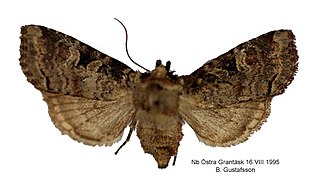
Hillia iris, the iris rover, is a species of cutworm or dart moth in the family Noctuidae. It was described by Johan Wilhelm Zetterstedt in 1839 and is found in North America.
Chaetaglaea fergusoni, or Ferguson's sallow moth, is a moth in the family Noctuidae. It was described by Vernon Antoine Brou Jr. in 1997 and is found in North America.
Homorthodes dubia is a species of cutworm or dart moth in the family Noctuidae. It was described by William Barnes and James Halliday McDunnough in 1912 and is found in North America.

Tesagrotis corrodera is a species of cutworm or dart moth in the family Noctuidae. It was described by Smith in 1907 and is found in North America.
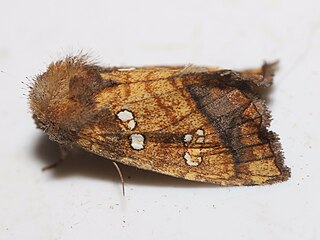
Papaipema pterisii, the bracken borer moth, is a species of cutworm or dart moth in the family Noctuidae. It is found in North America.
Brachylomia sierra is a moth in the family Noctuidae, native to North America. The species was first described by James T. Troubridge and J. Donald Lafontaine in 2007.
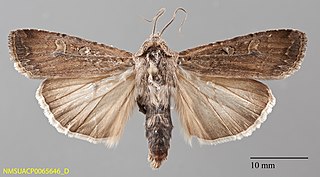
Euxoa inconcinna is a species of cutworm or dart moth in the family Noctuidae. It is found in North America.

Neoligia invenusta is a species of cutworm or dart moth in the family Noctuidae. It is found in North America.

Neoligia exhausta, the exhausted brocade, is a species of cutworm or dart moth in the family Noctuidae.
Neoligia tonsa is a species of cutworm or dart moth in the family Noctuidae.
Anarta oaklandiae is a species of cutworm or dart moth in the family Noctuidae.
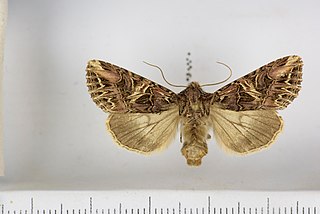
Anarta farnhami is a species of cutworm or dart moth in the family Noctuidae. It is found in North America.
Neoligia crytora is a species of cutworm or dart moth in the family Noctuidae.
Anarta fulgora is a species of cutworm or dart moth in the family Noctuidae first described by William Barnes and James Halliday McDunnough in 1918. It is found in North America.
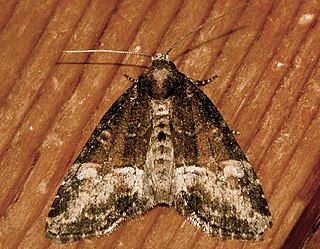
Neoligia subjuncta is a species of cutworm or dart moth in the family Noctuidae. It is found in North America.
Neoligia canadensis is a species of cutworm or dart moth in the family Noctuidae. It is found in North America.










